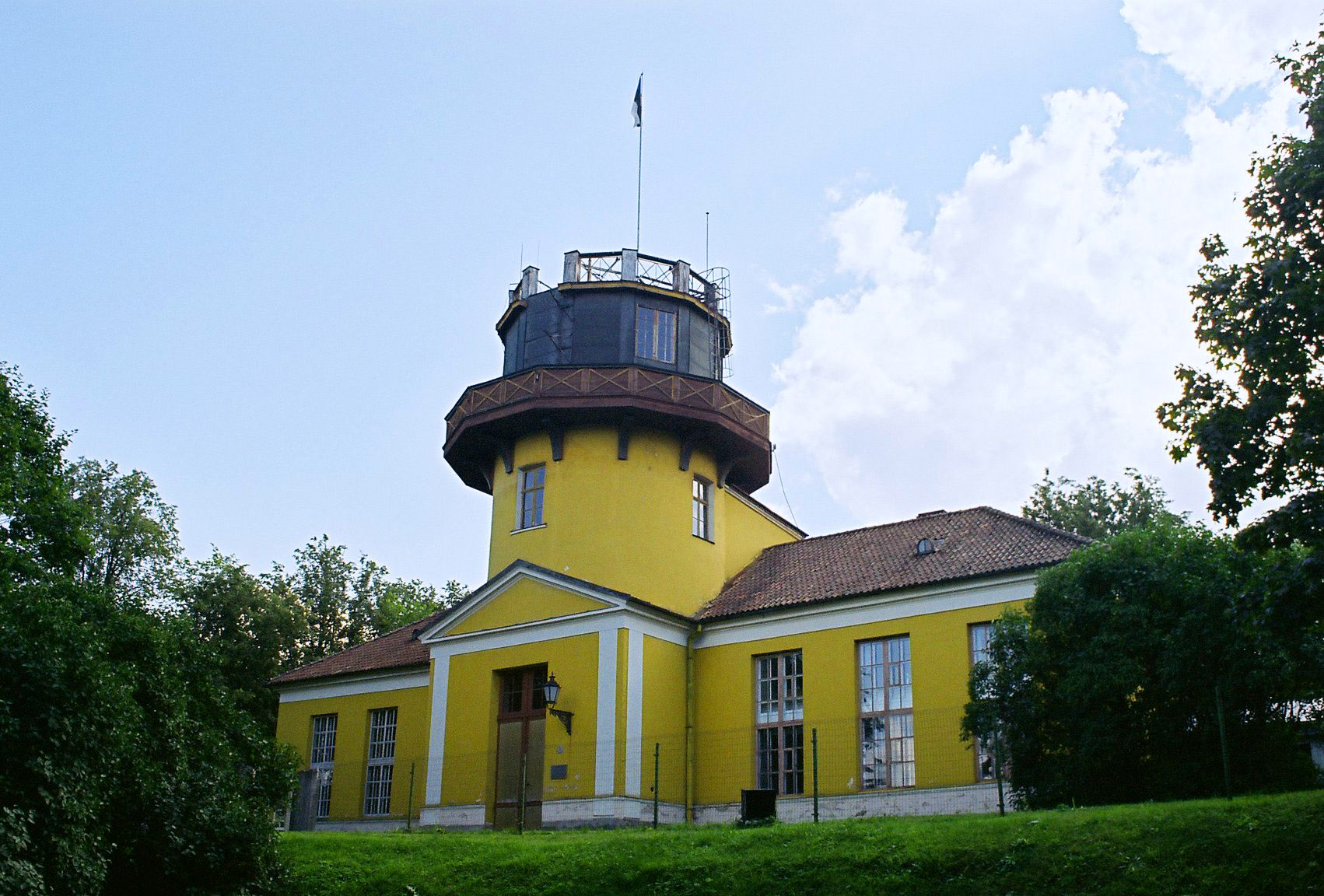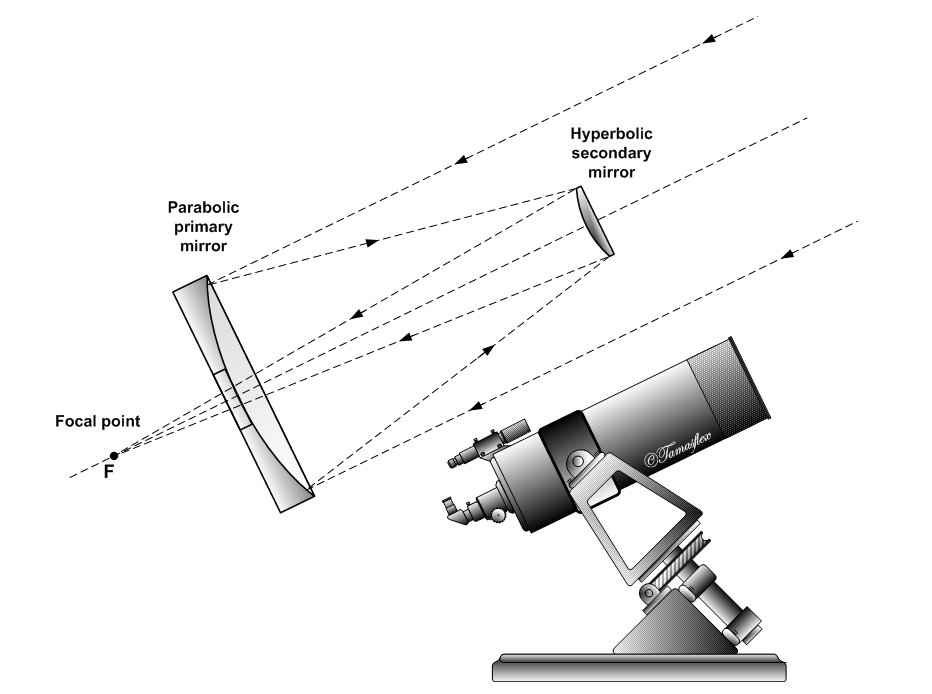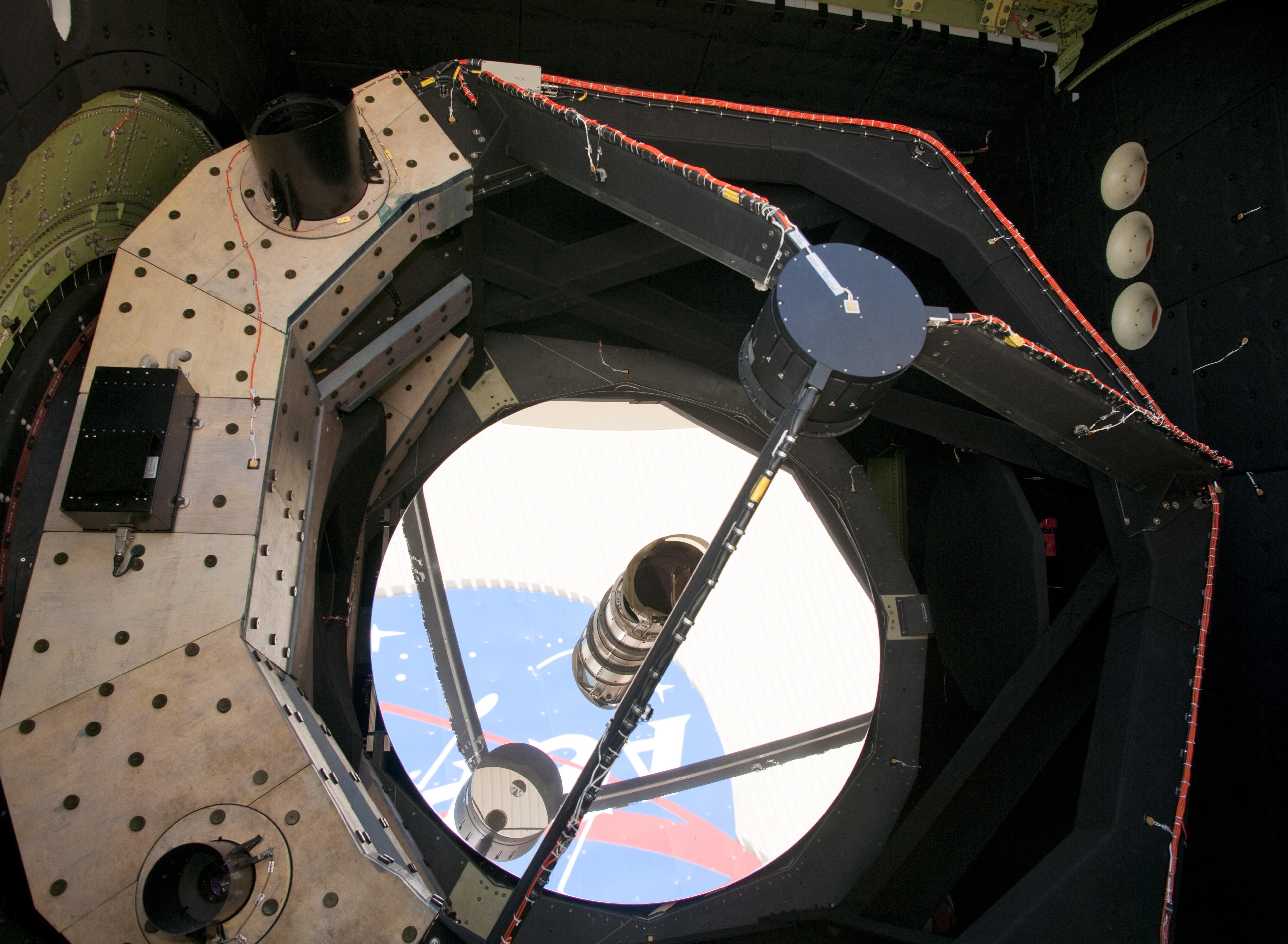|
Dorpat Observatory
The Tartu Observatory ( et, Tartu Observatoorium) is the largest astronomical observatory in Estonia. On 1 January 2018, Tartu Observatory was joined again to the University of Tartu, and the observatory is now an institute of the university. It is located on the Tõravere hill, about 20 km south-west of Tartu in Nõo Parish, Tartu County. The old Tartu Observatory located in Tartu city centre, is known internationally for its connection to Friedrich Georg Wilhelm von Struve and the Struve Geodetic Arc, of which it is the first reference point. History The Tartu Observatory was founded at the Imperial University of Dorpat as it was reopened in 1802. The observatory building was completed in 1810 on the Toome hill in Dorpat. The instruments were installed in 1814 by von Struve who subsequently started observations. In 1824, a 9" Fraunhofer refractor arrived, the largest achromatic telescope in the world at the time. When von Struve began assembling his Geodetic Arc in ... [...More Info...] [...Related Items...] OR: [Wikipedia] [Google] [Baidu] |
Tartu Observatory Logo
Tartu is the second largest city in Estonia after the Northern Europe, Northern Europe, European country's political and financial capital, Tallinn. Tartu has a population of 91,407 (as of 2021). It is southeast of Tallinn and 245 kilometres (152 miles) northeast of Riga, Latvia. Tartu lies on the Emajõgi river, which connects the two largest lakes in Estonia, Lake Võrtsjärv and Lake Peipus. From the 13th century until the end of the 19th century, Tartu was known in most of the world by variants of its historical name Dorpat. Tartu, the largest urban centre of southern Estonia, is often considered the "intellectual capital city" of the country, especially as it is home to the nation's oldest and most renowned university, the University of Tartu (founded in 1632). Tartu also houses the Supreme Court of Estonia, the Ministry of Education and Research (Estonia), Ministry of Education and Research, the Estonian National Museum, and the oldest Estonian-language theatre, Vane ... [...More Info...] [...Related Items...] OR: [Wikipedia] [Google] [Baidu] |
Joseph Von Fraunhofer
Joseph Ritter von Fraunhofer (; ; 6 March 1787 – 7 June 1826) was a German physicist and optical lens manufacturer. He made optical glass, an achromatic telescope, and objective lenses. He also invented the spectroscope and developed diffraction grating. In 1814, he discovered and studied the dark absorption lines in the spectrum of the sun now known as Fraunhofer lines. The German research organization Fraunhofer Society, which is Europe's biggest Society for the advancement of applied research, is named after him. Biography Joseph Fraunhofer was the 11th child, born into a Roman Catholic family in Straubing, in the Electorate of Bavaria, to Franz Xaver Fraunhofer and Maria Anna Fröhlich. He was orphaned at the age of 11 and started working as an apprentice to a harsh glassmaker named Philipp Anton Weichelsberger. In 1801, the workshop in which he was working collapsed, and he was buried in the rubble. The rescue operation was led by Prince-Elector Maximilian Joseph. The ... [...More Info...] [...Related Items...] OR: [Wikipedia] [Google] [Baidu] |
Spectroscopic
Spectroscopy is the field of study that measures and interprets the electromagnetic spectra that result from the interaction between electromagnetic radiation and matter as a function of the wavelength or frequency of the radiation. Matter waves and acoustic waves can also be considered forms of radiative energy, and recently gravitational waves have been associated with a spectral signature in the context of the Laser Interferometer Gravitational-Wave Observatory (LIGO) In simpler terms, spectroscopy is the precise study of color as generalized from visible light to all bands of the electromagnetic spectrum. Historically, spectroscopy originated as the study of the wavelength dependence of the absorption by gas phase matter of visible light dispersed by a prism. Spectroscopy, primarily in the electromagnetic spectrum, is a fundamental exploratory tool in the fields of astronomy, chemistry, materials science, and physics, allowing the composition, physical structure and elec ... [...More Info...] [...Related Items...] OR: [Wikipedia] [Google] [Baidu] |
Northern Europe
The northern region of Europe has several definitions. A restrictive definition may describe Northern Europe as being roughly north of the southern coast of the Baltic Sea, which is about 54th parallel north, 54°N, or may be based on other geographical factors such as climate and ecology. Climate The climate is mainly Oceanic climate (Cfb), Humid continental climate (Dfb), Subarctic climate (Dfc and Dsc) and Tundra (ET). Geography Northern Europe might be defined roughly to include some or all of the following areas: British Isles, Fennoscandia, the peninsula of Jutland, the Baltic region, Baltic plain that lies to the east and the many islands that lie offshore from mainland Northern Europe and the main European continent. In some cases, Greenland is also included, although it is only politically European, comprising part of the Kingdom of Denmark, and not considered to be geographically in Europe. The area is partly mountainous, including the northern volcanic islands ... [...More Info...] [...Related Items...] OR: [Wikipedia] [Google] [Baidu] |
Cassegrain Reflector
The Cassegrain reflector is a combination of a primary concave mirror and a secondary convex mirror, often used in optical telescopes and radio antennas, the main characteristic being that the optical path folds back onto itself, relative to the optical system's primary mirror entrance aperture. This design puts the focal point at a convenient location behind the primary mirror and the convex secondary adds a telephoto effect creating a much longer focal length in a mechanically short system. In a symmetrical Cassegrain both mirrors are aligned about the optical axis, and the primary mirror usually contains a hole in the center, thus permitting the light to reach an eyepiece, a camera, or an image sensor. Alternatively, as in many radio telescopes, the final focus may be in front of the primary. In an asymmetrical Cassegrain, the mirror(s) may be tilted to avoid obscuration of the primary or to avoid the need for a hole in the primary mirror (or both). The classic Cassegrain ... [...More Info...] [...Related Items...] OR: [Wikipedia] [Google] [Baidu] |
Jaan Einasto
Jaan Einasto (born 23 February 1929) is an Estonian astrophysicist and one of the discoverers of the large-scale structure of the Universe. Born Jaan Eisenschmidt in Tartu, the name "Einasto" is an anagram of "Estonia" (it was chosen by his patriotic father in the 1930s to replace the family's German name). He attended the University of Tartu, where he received the Ph.D. equivalent in 1955 and a senior research doctorate in 1972. From 1952, he has worked as a scientist at the Tartu Observatory (1977–1998) Head of the Department of Cosmology; from 1992–1995, he was Professor of Cosmology at the University of Tartu. For a long time, he was Head of the Division of Astronomy and Physics of the Estonian Academy of Sciences in Tallinn. Einasto is a member of the Academia Europaea, the European Astronomical Society and the Royal Astronomical Society; he has received three Estonian National Science Awards. *1947 Tartu Secondary School No. 1 *1952 University of Tartu *1955 Cand.Sc ... [...More Info...] [...Related Items...] OR: [Wikipedia] [Google] [Baidu] |
Grigori Kuzmin
Grigori Kuzmin (8 April 1917 – 22 April 1988) was an Estonian astronomer, who worked mainly in the field of stellar dynamics. Life and career Grigori Kuzmin was born in 1917 in Viipuri, part of the Grand Duchy of Finland. His family was Russian. In 1924 they moved to Tallinn, Estonia, where Kuzmin attended school. Although his mother tongue was Russian, and he had learned to speak Finnish during childhood, after moving to Estonia, Estonian became his primary language. Kuzmin graduated cum laude from the University of Tartu in 1940. See also *Tartu Observatory The Tartu Observatory ( et, Tartu Observatoorium) is the largest astronomical observatory in Estonia. On 1 January 2018, Tartu Observatory was joined again to the University of Tartu, and the observatory is now an institute of the university. I ... References External linksNASA ADS search for G. Kuzmin works {{DEFAULTSORT:Kuzmin, Grigori 1917 births 1988 deaths Estonian astronomers University of Tartu alumn ... [...More Info...] [...Related Items...] OR: [Wikipedia] [Google] [Baidu] |
Ernst Julius Öpik
Ernst is both a surname and a given name, the German, Dutch, and Scandinavian form of Ernest. Notable people with the name include: Surname * Adolf Ernst (1832–1899) German botanist known by the author abbreviation "Ernst" * Anton Ernst (1975-) South African Film Producer * Alice Henson Ernst (1880-1980), American writer and historian * Britta Ernst (born 1961), German politician * Cornelia Ernst, German politician * Edzard Ernst, German-British Professor of Complementary Medicine * Emil Ernst, astronomer * Ernie Ernst (1924/25–2013), former District Judge in Walker County, Texas * Eugen Ernst (1864–1954), German politician * Fabian Ernst, German soccer player * Gustav Ernst, Austrian writer * Heinrich Wilhelm Ernst, Moravian violinist and composer * Jim Ernst, Canadian politician * Jimmy Ernst, American painter, son of Max Ernst * Joni Ernst, U.S. Senator from Iowa * K.S. Ernst, American visual poet * Karl Friedrich Paul Ernst, German writer (1866–1933) * Ken Ernst, U.S. ... [...More Info...] [...Related Items...] OR: [Wikipedia] [Google] [Baidu] |
Thomas Clausen (mathematician)
Thomas Clausen (16 January 1801, Snogbæk, Sottrup Municipality, Duchy of Schleswig (now Denmark) – 23 May 1885, Dorpat, Imperial Russia (now Estonia)) was a Danish mathematician and astronomer. Clausen learned mathematics at home. In 1820, he became a trainee at the Munich Optical Institute and in 1824, at the Altona Observatory after he showed Heinrich Christian Schumacher his paper on calculating longitude by the occultation of stars by the moon. He eventually returned to Munich, where he conceived and published his best known works on mathematics. In 1842 Clausen was hired by the staff of the Tartu Observatory, becoming its director in 1866-1872. Works by Clausen include studies on the stability of Solar System, comet movement, ABC telegraph code and calculation of 250 decimals of pi (later, only 248 were confirmed to be correct). In 1840 he discovered the Von Staudt–Clausen theorem. Also in 1840 he also found two compass and straightedge constructions of lunes w ... [...More Info...] [...Related Items...] OR: [Wikipedia] [Google] [Baidu] |
Johann Heinrich Von Mädler
Johann Heinrich von Mädler (29 May 1794, Berlin – 14 March 1874, Hannover) was a German astronomer. Life and work His father was a master tailor and when 12 he studied at the Friedrich‐Werdersche Gymnasium in Berlin. He was orphaned at age 19 by an outbreak of typhus, and found himself responsible for raising three younger sisters. He began giving academic lessons as a private tutor and in this way met Wilhelm Beer, a wealthy banker, in 1824. In 1829 Beer decided to set up a private observatory in Berlin, with a 95 mm refractor telescope made by Joseph von Fraunhofer, and Mädler worked there. In 1830 they began producing drawings of Mars which later became the first true maps of that planet. They were the first to choose what is today known as Sinus Meridiani as the prime meridian for Martian maps. They made a preliminary determination for Mars's rotation period, which was off by almost 13 seconds. A later determination in 1837 was off by only 1.1 seconds. They als ... [...More Info...] [...Related Items...] OR: [Wikipedia] [Google] [Baidu] |
First Light (astronomy)
In astronomy, first light is the first use of a telescope (or, in general, a new instrument) to take an astronomical image after it has been constructed. This is often not the first viewing using the telescope; optical tests will probably have been performed to adjust the components. Characteristics The first light image is normally of little scientific interest and is of poor quality, since the various telescope elements are yet to be adjusted for optimum efficiency. Despite this, a first light is always a moment of great excitement, both for the people who design and build the telescope and for the astronomical community, who may have anticipated the moment for many years while the telescope was under construction. A well-known and spectacular astronomical object is usually chosen as a subject. Historical examples The famous Hale Telescope of Palomar Observatory saw first light on 26 January 1949, targeting NGC 2261 under the direction of American astronomer Edwin Powell ... [...More Info...] [...Related Items...] OR: [Wikipedia] [Google] [Baidu] |
Reflector Telescope
A reflecting telescope (also called a reflector) is a telescope that uses a single or a combination of curved mirrors that reflect light and form an image. The reflecting telescope was invented in the 17th century by Isaac Newton as an alternative to the refracting telescope which, at that time, was a design that suffered from severe chromatic aberration. Although reflecting telescopes produce other types of optical aberrations, it is a design that allows for very large diameter Objective (optics), objectives. Almost all of the major telescopes used in astronomy research are reflectors. Many variant forms are in use and some employ extra optical elements to improve image quality or place the image in a mechanically advantageous position. Since reflecting telescopes use mirrors, the design is sometimes referred to as a catoptrics, catoptric telescope. From the time of Newton to the 1800s, the mirror itself was made of metal usually speculum metal. This type included Newton's fir ... [...More Info...] [...Related Items...] OR: [Wikipedia] [Google] [Baidu] |









